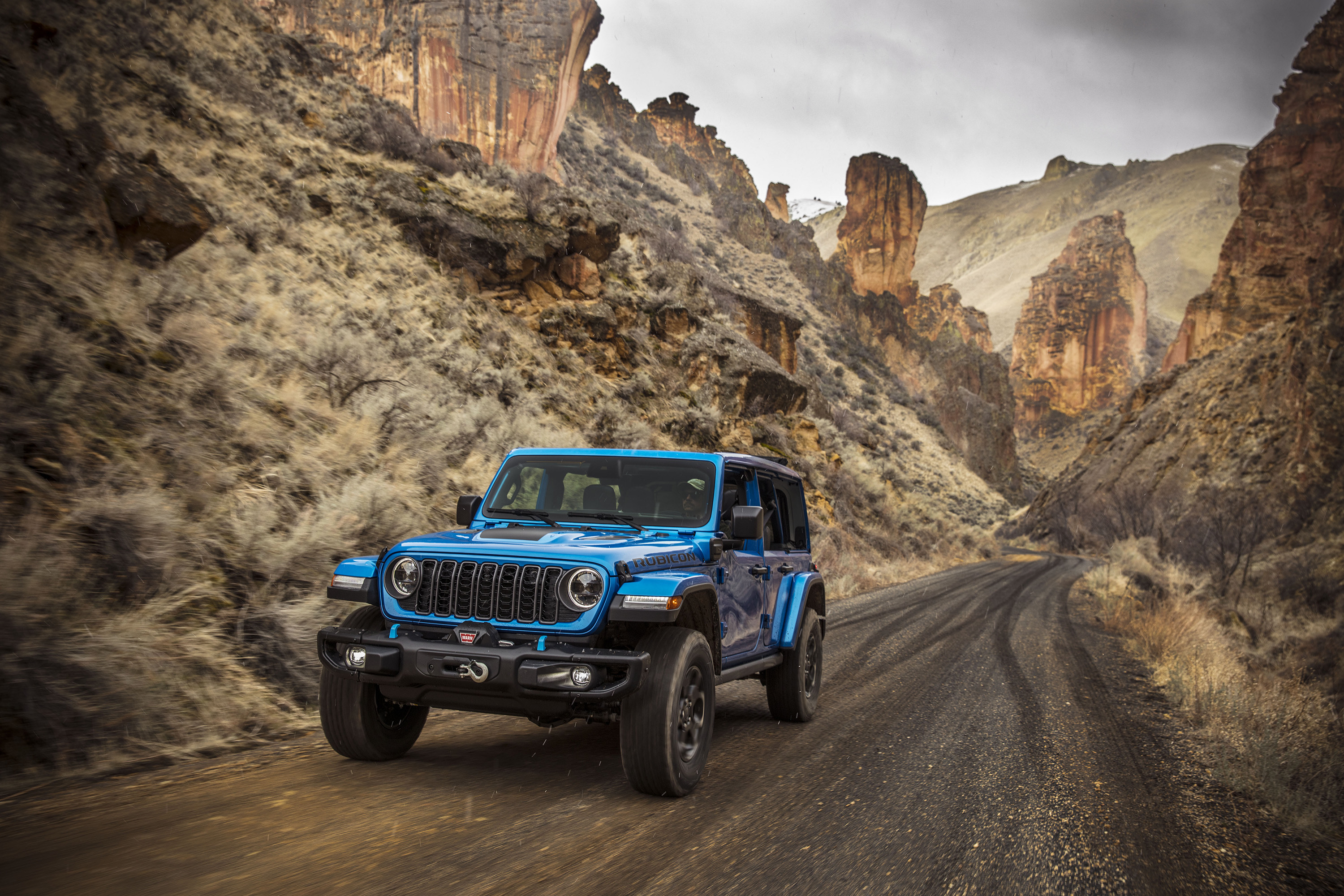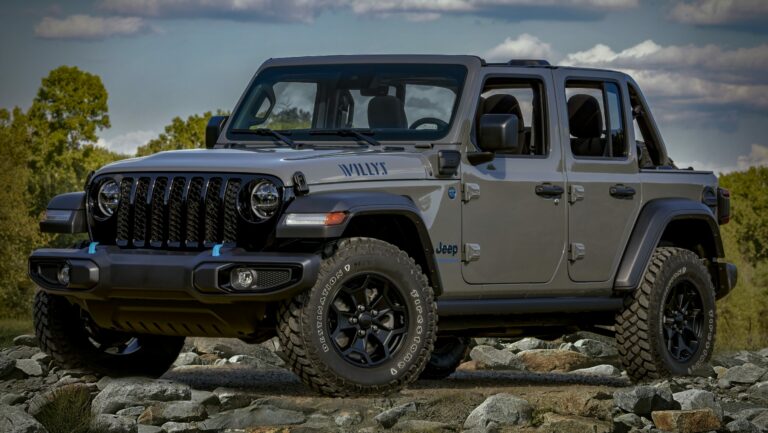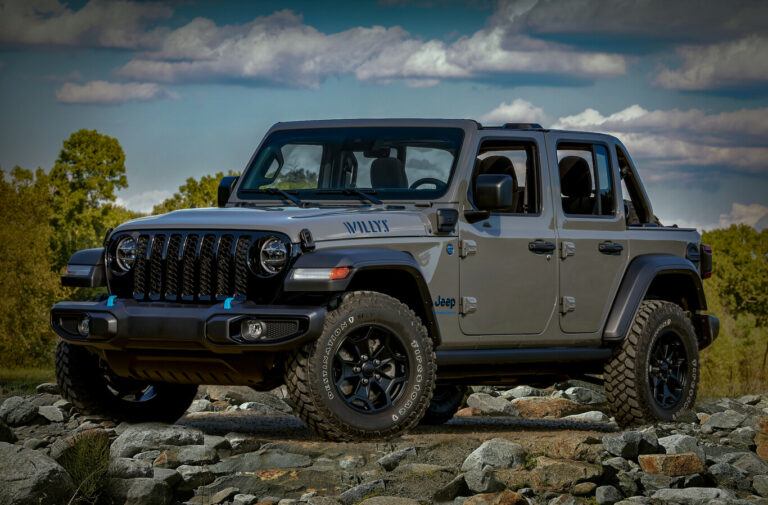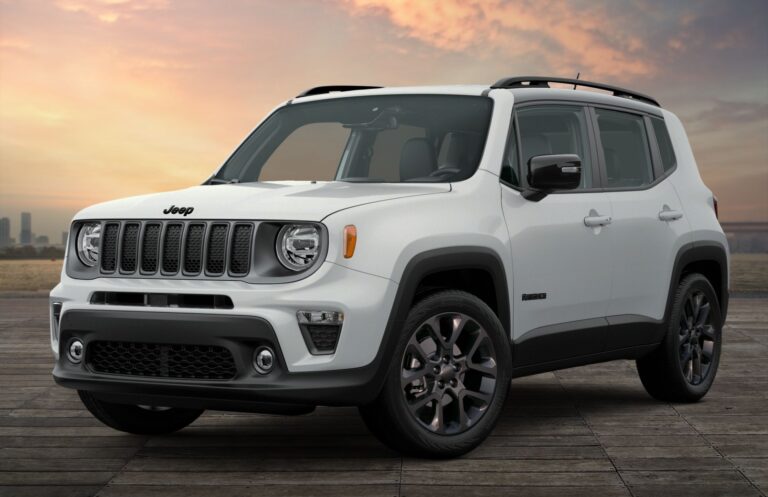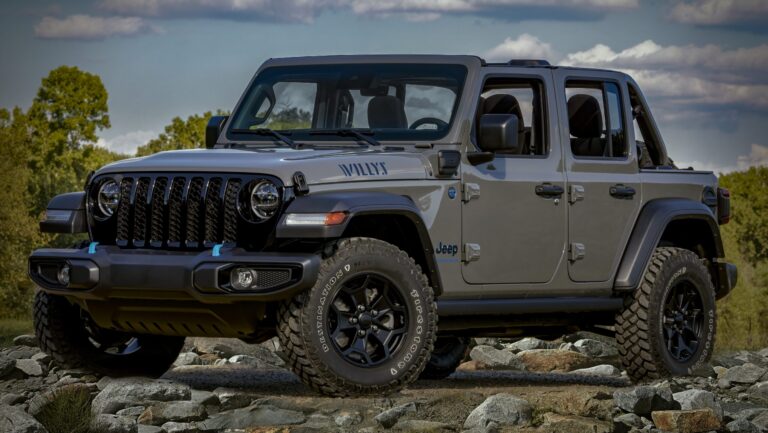Jeep JK Axles For Sale: Your Ultimate Guide to Upgrading Your Wrangler’s Foundation
Jeep JK Axles For Sale: Your Ultimate Guide to Upgrading Your Wrangler’s Foundation jeeps.truckstrend.com
The Jeep Wrangler JK (2007-2018) is an icon, renowned for its off-road prowess and unmatched customization potential. While the JK’s factory setup is capable, serious off-road enthusiasts and those running larger tires often discover that the stock axles become a limiting factor. Whether you’re chasing extreme rock crawling capability, enhancing durability for demanding trails, or simply replacing a damaged component, the market for "Jeep JK Axles For Sale" is vast and varied. Understanding your options, benefits, and considerations is crucial to making an informed decision that elevates your JK’s performance without compromising safety or reliability.
This comprehensive guide will delve into everything you need to know about purchasing axles for your Jeep JK, from understanding the different types and their applications to practical advice on selection, installation, and what to expect from the investment.
Jeep JK Axles For Sale: Your Ultimate Guide to Upgrading Your Wrangler’s Foundation
The Foundation of Your Off-Road Beast: Why Axles Matter
Axles are the backbone of your vehicle’s drivetrain, transferring power from the driveshafts to the wheels. They house crucial components like differential gears, lockers, and axle shafts, all working in concert to propel your Jeep forward, especially over challenging terrain.
The stock Jeep JK typically comes equipped with a Dana 30 front axle and a Dana 44 rear axle (or Dana 44s front and rear in Rubicon models). While adequate for light to moderate off-roading, these axles can quickly reach their limits when faced with:
- Larger Tires: Moving beyond 35-inch tires significantly increases stress on axle components.
- Aggressive Driving: Hard impacts, wheel spin, and bouncing can lead to bent housings or broken shafts.
- Heavy Loads: Overlanding rigs with heavy armor, gear, and roof tents put immense strain on the entire drivetrain.
- Lockers & Low Gearing: While beneficial for traction, these increase torque applied to the axle components.

Upgrading your JK’s axles is not just about raw strength; it’s about optimizing your vehicle for your specific needs, ensuring durability, enhancing performance, and providing a solid foundation for future modifications.
Key Considerations When Shopping for JK Axles
Before you even begin browsing "Jeep JK Axles For Sale," it’s vital to define your objectives. A clear understanding of your vehicle’s intended use will guide your decision-making process.
-
Intended Use & Tire Size:
- Daily Driver with Moderate Trails (up to 35" tires): Upgraded Dana 44s (strengthened aftermarket versions) or a robust Dana 30/44 with chromoly shafts and gussets might suffice.
- Serious Off-Roader/Rock Crawler (37-40" tires): Dana 60 axles are often the go-to for their significant strength increase.
- Extreme Builds/Racing (40"+ tires): Full-blown 1-ton axles (e.g., Dana 70/80, GM 14-bolt, Ford Sterling) are required, often with extensive fabrication.

-
Budget:
- New Aftermarket Axles: Offer the highest strength, latest technology, and come complete with warranties. They represent a significant investment.
- Used Aftermarket Axles: Can save money but require careful inspection for wear, damage, or previous abuse. Factor in potential rebuild costs.
- Modified Stock Axles: Sleeving, trussing, and upgrading shafts on existing Dana 30/44s can provide some strength benefits at a lower cost, but they still won’t match a dedicated aftermarket housing.
-
Gearing:
- Your axle’s gear ratio is critical for performance, fuel economy, and drivetrain longevity, especially with larger tires. Ensure the new axles have the correct ratio for your tire size and engine/transmission combination. If buying a set, ensure both front and rear axles have identical ratios.
-
Lockers:
- Most aftermarket axles come with the option for selectable lockers (air or electric) or automatic lockers. Lockers dramatically improve traction by ensuring both wheels on an axle receive equal power. Choose based on your off-road style and budget.
-
Axle Shafts:
- Aftermarket axles often include stronger chromoly shafts, which are significantly more robust than stock. If buying a bare housing, remember to factor in the cost of shafts.
-
Width:
- Aftermarket axles are available in stock JK width, wider "JK-specific" widths, or full-width (typically 1-ton axles). Wider axles offer increased stability but may require fender flares or body modifications.
-
Mounting Points:
- Many aftermarket JK axles are designed as "bolt-in" replacements, meaning they come with all the necessary brackets and mounts for a direct swap. Some heavy-duty options, particularly 1-ton axles, may require custom fabrication and welding.
-
Brand Reputation:
- Stick with reputable manufacturers known for quality and customer support. Brands like Dynatrac, Currie Enterprises, TeraFlex, G2 Axle & Gear, and Spidertrax are highly regarded in the off-road community.

Types of Jeep JK Axles For Sale
The market offers a spectrum of axle solutions, catering to various budgets and performance demands.
1. Upgraded Dana 44 Axles (JK-Specific Aftermarket)
- Description: These are not just stock Dana 44s; they are significantly strengthened aftermarket versions. They typically feature thicker axle tubes, stronger nodular iron or fabricated housings, larger axle shafts (often 35-spline), and robust internal components. Many come pre-loaded with your choice of gear ratios and lockers.
- Benefits: Excellent balance of strength, weight, and bolt-in compatibility. Ideal for 37-inch tires and aggressive trail use. Retain much of the JK’s original suspension geometry.
- Examples: Currie RockJock 44, Dynatrac ProRock 44, G2 Core 44, TeraFlex CRD44/60 hybrid.
2. Dana 60 Axles
- Description: A substantial leap in strength from the Dana 44, the Dana 60 is a heavy-duty axle designed for serious abuse. They feature massive axle tubes, larger ring and pinion gears, and often 35-spline or 40-spline axle shafts.
- Benefits: Capable of handling 40-inch tires with ease, extreme rock crawling, and heavy vehicle weights. Unmatched durability for most JK builds. Available in bolt-in configurations for the JK.
- Examples: Dynatrac ProRock 60, Currie RockJock 60, Spidertrax Ultimate 60.
3. 1-Ton Axles (Dana 70/80, GM 14-bolt, Ford Sterling)
- Description: These are the pinnacle of strength, typically found in heavy-duty trucks. They offer immense load-carrying capacity and are virtually indestructible in a JK application.
- Benefits: Absolute maximum strength for extreme builds, racing, and very large tires (40"+).
- Considerations: Often much wider than stock JK axles, requiring significant suspension and steering modifications, custom driveshafts, and often custom fabrication (cutting, welding) for mounting brackets. They also add considerable weight.
4. Complete Axle Assemblies vs. Housings Only
- Complete Assemblies: These arrive ready to install, including the housing, inner and outer axle shafts, differential, gears, and lockers. They are the most convenient option.
- Housings Only: A bare axle housing that allows you to customize the internal components (gears, lockers, shafts) from scratch. This can be cost-effective if you have existing components or want to source them separately, but requires more labor and expertise for assembly.
Where to Find Jeep JK Axles For Sale
- Specialized Off-Road Retailers: Online stores like Quadratec, Northridge4x4, ExtremeTerrain, 4WheelParts, and Summit Racing carry a wide range of new aftermarket axles from various manufacturers.
- Direct from Manufacturers: Companies like Dynatrac, Currie Enterprises, and TeraFlex allow you to order directly, often with custom configurations.
- Used Market:
- Online Forums: JK-Forum, Pirate4x4, and dedicated Jeep groups on Facebook are excellent places to find used axles from private sellers.
- Local Off-Road Shops: Many shops buy and sell used parts or can connect you with sellers.
- Salvage Yards/Part-outs: Risky but can yield good deals on stock or mildly upgraded axles. Always inspect thoroughly.
Tips for Buying Used JK Axles
If you’re considering used axles to save money, proceed with caution and a meticulous inspection process:
- Visual Inspection: Look for bent tubes, cracked welds, signs of severe impacts, stripped bolts, or damaged mounting points.
- Check for Play: Grab the pinion flange and try to move it up/down and side-to-side. Excessive play can indicate worn bearings.
- Fluid Check: Remove the differential cover (if possible) and inspect the gear oil. Milky or frothy oil indicates water intrusion. Metal shavings are a red flag for internal wear.
- Spin the Wheels: With the vehicle safely supported, spin the wheels to listen for abnormal noises from the differential or bearings.
- Ask Questions: Inquire about the axle’s history, mileage, previous use (daily driver vs. dedicated rock crawler), and why it’s being sold.
- Verify Ratios and Lockers: Confirm the gear ratio and locker type (if any) match what the seller claims. Look for identifying marks on the gears or differential.
- Factor in Rebuild Costs: Assume you might need to replace bearings, seals, or even some internal components. Get a quote for a rebuild before committing.
Installation and Post-Installation Considerations
While some mechanically inclined individuals might attempt axle swaps at home, professional installation is highly recommended, especially for complex aftermarket systems. Proper installation ensures:
- Safety: Correct torque specs, proper brake line routing, and secure mounting.
- Performance: Correct pinion angle, gear mesh, and locker function.
- Longevity: Preventing premature wear on new components.
Post-Installation:
- Brake Lines & Driveshafts: New axles, especially wider or lifted setups, may require longer brake lines and/or new driveshafts to accommodate different lengths and angles.
- Steering Components: Stronger axles may necessitate upgraded steering components (tie rod, drag link) to handle the increased stress.
- Break-in Period: New gears require a specific break-in period (typically several heat cycles and cool-downs) before heavy use to ensure proper seating of the gear teeth. Consult the manufacturer’s instructions.
- Fluid Check: Always use the manufacturer-recommended differential fluid and check levels after the first few hundred miles.
Jeep JK Axles For Sale: Estimated Price Guide
The prices for Jeep JK axles vary widely based on brand, type (front/rear), features (gears, lockers, shafts included), and whether they are new or used. This table provides a general estimate for new complete axle assemblies. Used prices would typically be 40-70% of new, depending on condition.
| Axle Type & Model | Configuration / Key Features | Estimated Price Range (New, Each) | Notes
